How can blackberries be propagated?
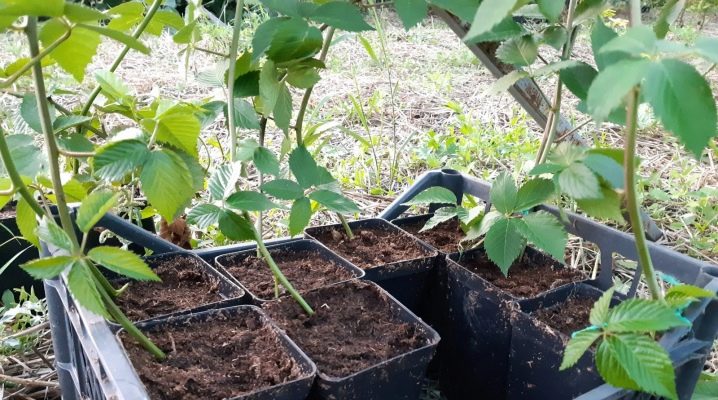
Reproduction of blackberries makes it possible to increase the number of plants on the site without spending additional funds. This plant has perennial roots, but only the second-year vine or floricans yields berries. For gardeners who propagate only a small number of plants, apical cuttings are best. It is worth choosing healthy blackberries without signs of disease, fungi or insects. The new plant will be a clone of its parent.
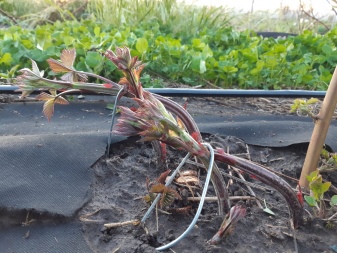

Peculiarities
There are many ways to propagate garden and bush blackberries, it all depends largely on the variety. Also, the breeding method will vary when the grower needs to harvest at a certain time or in a certain amount.
Sometimes blackberries are grown as a standard crop, then a small tree is formed from the plant. The advantage of this method is ease of maintenance. However, the standard form is not grown in the region where the blackberry needs shelter, since it will not be possible to lay the vine to the ground.
Such shrubs are best propagated by cuttings; shoots, parts of the roots can be used.
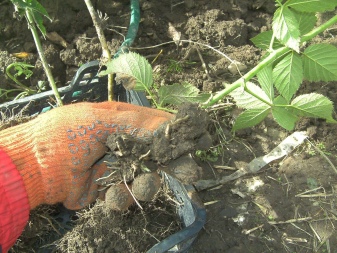

The fastest way is to dig up a shoot from the root and immediately plant it in a permanent place. As for the prickly blackberry, then it is propagated by any of the available methods, since in all cases it does not lose the qualities of the mother plant. All breeding work should be carried out either in early spring, but after the last frost, or in autumn.
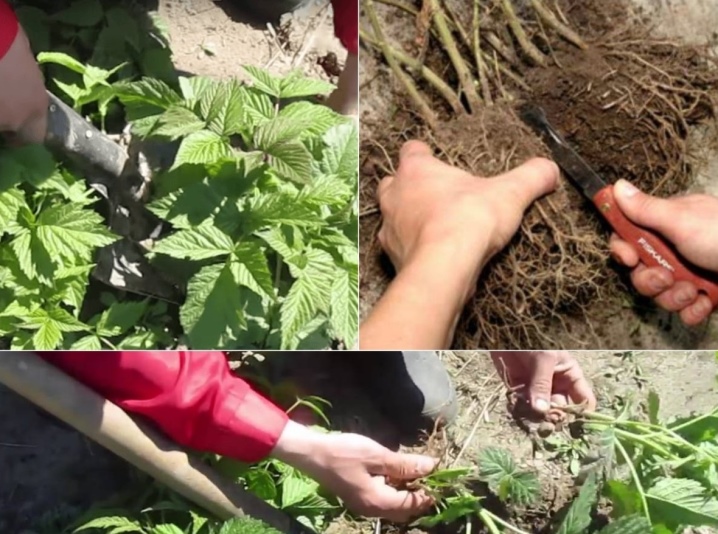
In the spring, blackberries can be propagated:
- seeds;
- cuttings;
- division;
- offspring.
The procedure is carried out before the first foliage appears. The offspring should be separated only by the beginning of summer. All the seedlings that are planted during this period have time to take root well, so they are no longer afraid of the first frosts.
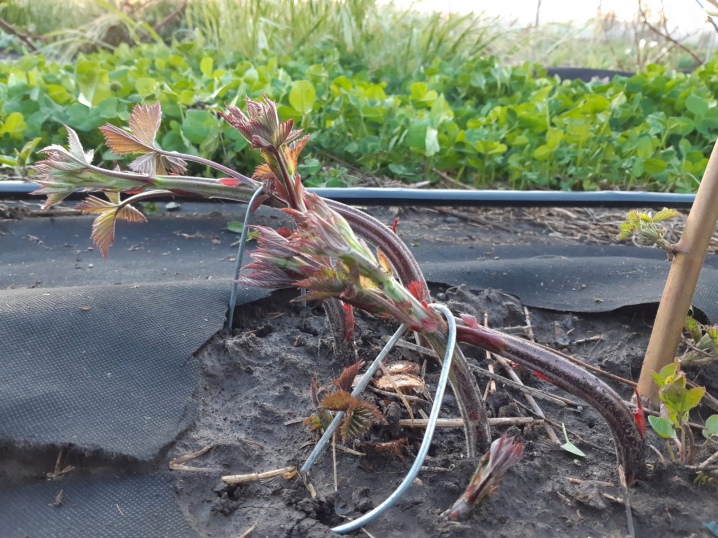
The following types of breeding are available in autumn:
- cuttings;
- taps;
- dividing the bush.
If it is decided to choose the second method, then the seedlings must have time to give roots before the frosts come. If they are propagated in the northern region of our country, then this method is not available there.
Cuttings are also rooted from summer, otherwise the seedlings will simply die in winter.
In the fall or spring, you can do blackberry propagation work. The main thing is to properly dig up the seedlings, if the method of dividing the bush is used, then the plant is quickly rooted. In this case, it is enough just to dig in part of the bush and water it. Rooting occurs naturally.

Layers
Cuttings are shoots of blackberries growing around the plant, which are usually cut or dug up. With the help of them, you can easily plant blackberries. Many gardeners, using this method, face some difficulties. The thing is that it is not so easy to bent the side shoot to the ground so as not to break it. The blackberry vine is strong and does not have good elasticity.
It is best to carry out the procedure in the second half of August or early autumn. In the southern regions, since climatic features allow here, reproduction by layering is available from the beginning of summer. It is better to use the described method when there are several fruit-bearing berry bushes on the site.
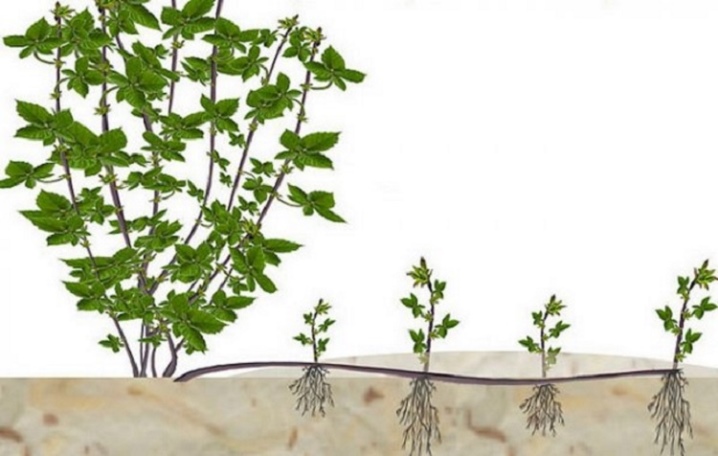
Shoots that will root in the ground will be able to bear fruit only by the next season.
The inclined branch plunges into the ground to a depth of 10 cm, it is desirable that it is not only light, but also contains the required amount of nutrients. After a few months, it will be possible to see not one, but several berry bushes growing along the length of the entire shoot.When they are large enough and develop a good root ball, they can be detached and transplanted where the berry will grow continuously. Cover the soil and water the plant at least once a week to help the brambles take root.

Apical layers
You can also dilute blackberries with apical layers. In this case, it is not an ordinary planting that occurs, but simply one of the long vines must be dug to the ground along its entire length. Growing a new blackberry bush in this way is as easy as shelling pears. So most often a climbing berry is bred, the tree-like berry will not bend to such an extent to the ground, the shoot can be easily broken.
There is a special technology on how to carry out this process correctly. First, pinch the growth point from the bush. If you ignore the recommendations for breeding time, after a while the shoot will crawl out of the ground and develop on its own. The root system at the place of immersion in the ground will not have time to appear, so a new seedling will not work.
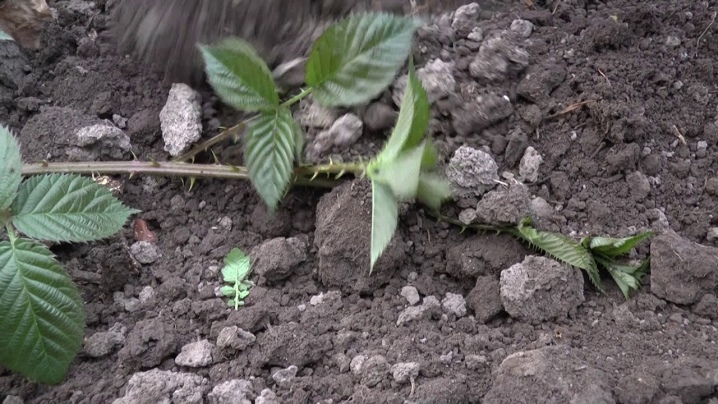
The leaves on the vine must be cut off. For budding gardeners, tip propagation is the ideal hassle-free solution.
For the vine, dig a trench 5 centimeters deep, as much as possible. The vine is laid there and sprinkled with soil on top.
It is strictly forbidden at this stage to separate the vine from the mother bush, since from it it receives not only water, but also nutrients necessary for the further development and formation of the root system. Without attachment to the mother, such an escape will have no chance of survival, since it does not have a root system at this stage.

By breaking the chain of actions, the gardener will not get the desired result. When the shoot is sufficiently rooted, it will create a growth point that sits underground. From this moment, he can independently extract water and nutrients from the soil. It is best to separate the new plant in early spring the following year.
When the shoot is rooted and able to exist on its own, it can be carefully cut off from the mother plant with a pruner. Blackberries will reach sufficient rooting by the spring, if you dig them in from the end of summer.
During this period, you can still transfer it to a permanent place until the root system has become more developed.
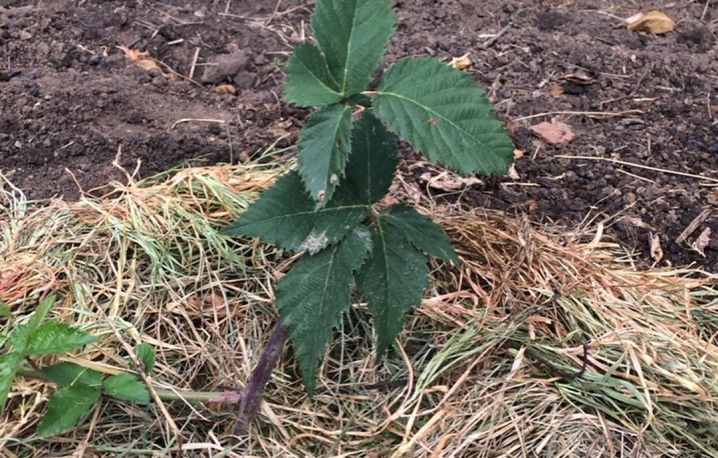
The best time for breeding with the described method is the beginning of autumn., but in the southern regions it is allowed to use this method already at the beginning of summer, since the climate there is very different from the middle zone of our country. Here, a young plant can be obtained in the same season.
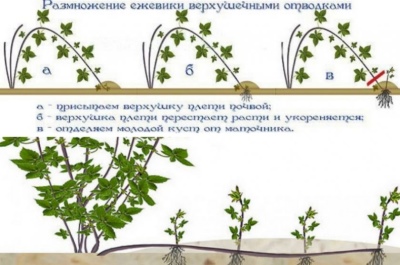
Seeds
Although gardeners do not use this method often, growing blackberries is also available with seeds. Due to the high self-fertility, and this is up to 90%, most of the varieties, with this type of reproduction, retain the qualities of the mother plant, which is very much appreciated. After the studies, it turned out that 80% of the bushes grown by this method, in the second generation, demonstrate greater endurance than the mother bush.
In order for blackberry seeds to demonstrate high germination capacity, they must be scarified or stratified without fail. For this, the seed is soaked in rainwater.
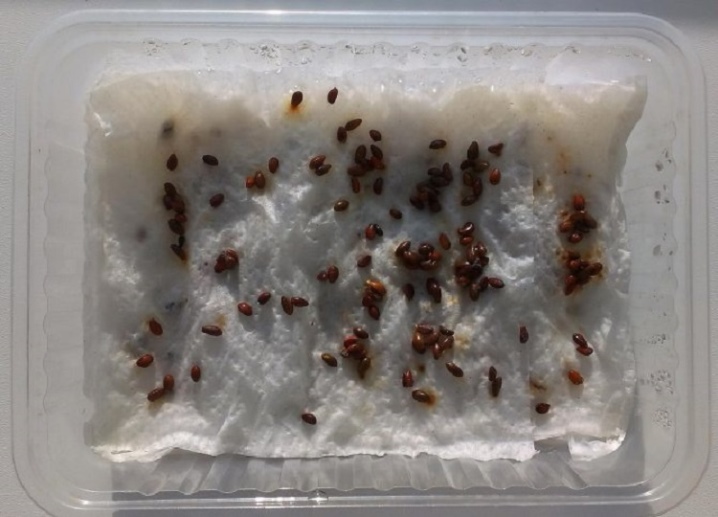
They must stay there for 2-3 days. Scarification of seeds is carried out using special machines that partially destroy the hard shell of the seed.
Stratification is carried out under certain conditions, it is always a temperature from 2 to 5 CThe seed is immersed in a mixture of sand, peat and soil. There they should be from 1.5 to 2 months. Seeds mixed with the substrate in a ratio of 1: 3 moisturize, but avoid waterlogging. A layer of fertile soil up to 1 cm thick is laid on top. Moistening is performed periodically, at least 1 time in 10 days.
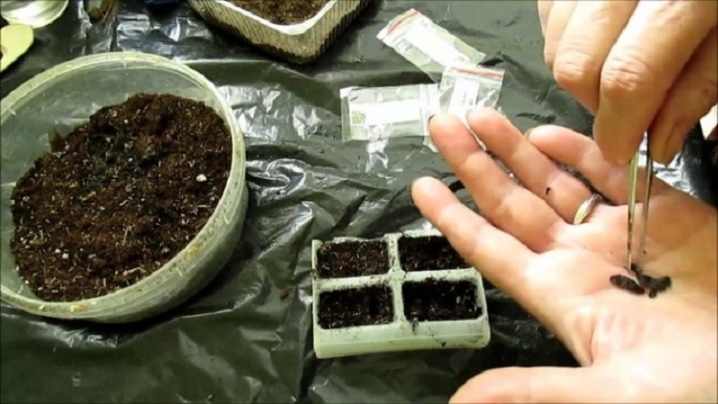
At the end of the stratification process, sowing is carried out into the substrate. The sowing depth should be no more than 8 mm. In order not to further thin out the seedlings, it is better to throw the seeds during sowing according to the 3 × 3 cm scheme.Soil temperature should be at the level of 20 C. Crops must be watered with warm water.
After 4 shoots appear on the seedlings, they are transferred to open ground. It is better to take out the root ball together with the ground and put it in the planting hole. It is advisable to fertilize the soil before this. The distance between the bushes is at least 10 cm.
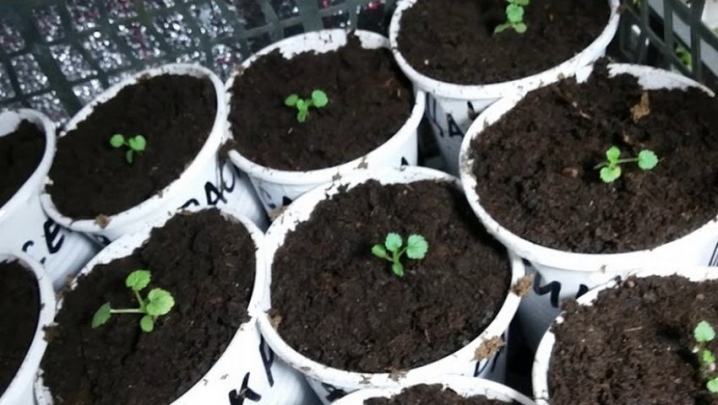
By dividing the bush
If you need to get planting material from a blackberry variety, which is characterized by erect shoots, then you should choose a single standing, healthy bush with a large number of offspring around. Such shoots can be dug up between May and June, but the stem should be about 12 centimeters on average. Vines less than 10 cm are not suitable.
You can take planting material from the beginning of September and plant immediately in a place of constant growth. It is imperative to transfer a plant with a lump of earth when transplanting.
Root layers to be divided must have a thickness of at least 8 mm at the base. In this case, the root must necessarily be 15 to 20 cm long. It should be said that one berry bush is capable of producing from 15 to 20 offspring, which can then be separated and planted separately.

Root cuttings
In autumn, or in early spring, dig up the roots of a fruiting blackberry and cut them into small cuttings. Their length should be from 5 to 7 cm. It should be understood that only roots from 1 to 3 years old are suitable for harvesting planting material. The thickness of each should be from 0.7 centimeters.
After the autumn harvesting of the bushes, the cuttings are stored in the basement. To do this, use necessarily boxes with wet sand.
In the spring, young seedlings are planted where they will subsequently grow constantly.
From one fruiting bush, a gardener can get up to 400 cuttings, which will later turn into seedlings. This method is applicable only to those varieties that do not produce offspring, otherwise a bush with thorns will grow.
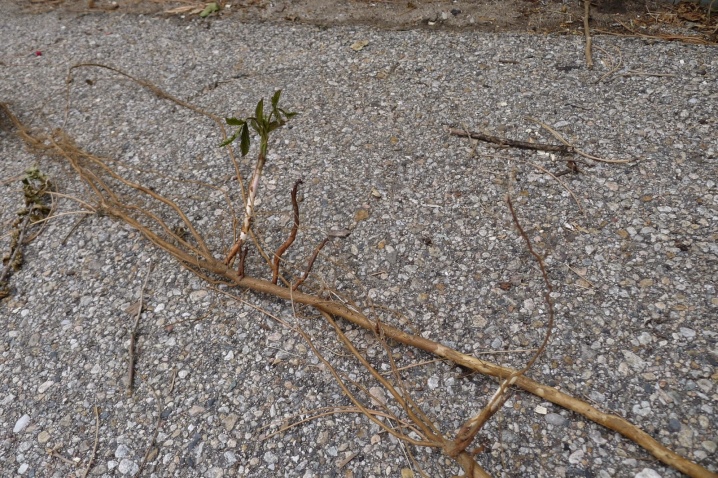
Stem cuttings
One of the simplest propagation methods for the described plant is stem cuttings. The procedure is carried out in late spring. A piece 8-10 cm long is cut from the end of the stem. It is placed in fertile soil and constantly watered, but the earth is not overmoistened. After two weeks or a little later, the root system will begin to form. It is better to hold the new bush in the ground until autumn, and then you can transplant it to a permanent place, if required.

Sometimes stem cuttings are placed in pots, where they are also well accepted.
If a creeping variety is grown, then when the seedling reaches a length of 50-60 cm, the top is shortened. The total length after pruning should be 10-12 cm. Thanks to this procedure, lateral shoots on the plant begin to form.
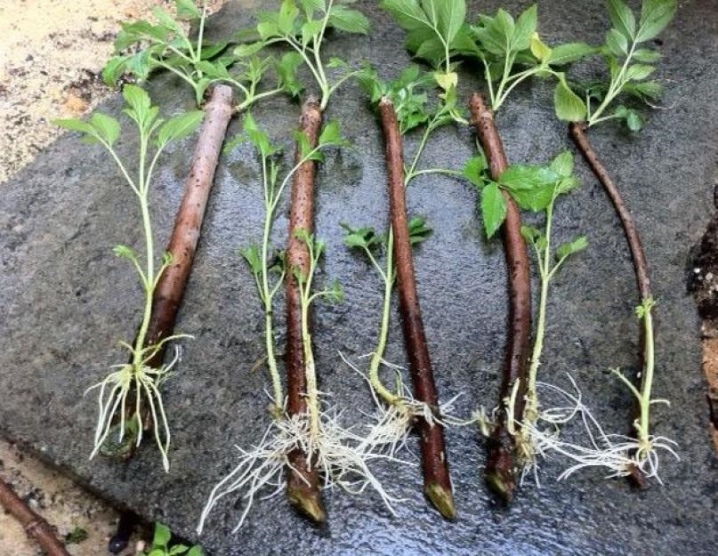
In the water as a sleeping kidney
Not a bad option with which you can get a lot of new seedlings. You will need to take an annual, already stiff stem. They are rooted not according to the usual method in the soil, but using water for this. This is a simple method for home use. You can use Kornevin to speed up the process.
Nuances of reproduction of thornless and remontant blackberries
If a blackberry without thorns grows on the site, then experts recommend planting it by rooting cuttings. Other methods described above are also suitable, only cuttings of the root system are not used.
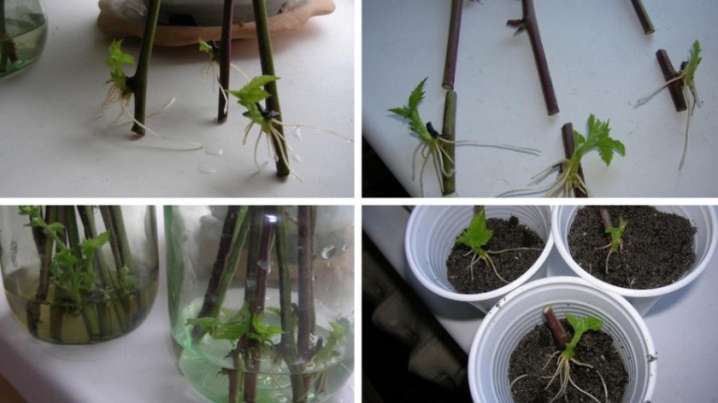
The point is not that it is impossible to propagate the berry in this way, but that the new plant will not have the properties that the mother bush possesses. The seedlings will grow thorns.
When separating green cuttings and then planting them, special attention is paid to the quality of the soil. If it does not fit, then the planting material will not be accepted, since it is very picky in this regard. The soil must be mixed with sand, peat and enriched with nutrients.
As for the remontant blackberry varieties, they appeared in domestic gardens not so long ago. Feature - two periods during which the bushes bear fruit.The first time the berries appear in June, the second - by August. This feature limits breeding methods. In that case, the method of dividing the bush will be the most fruitful. Some gardeners use stem and root cuttings. Repaired blackberries can be propagated on site using seeds, or even layering can be used.
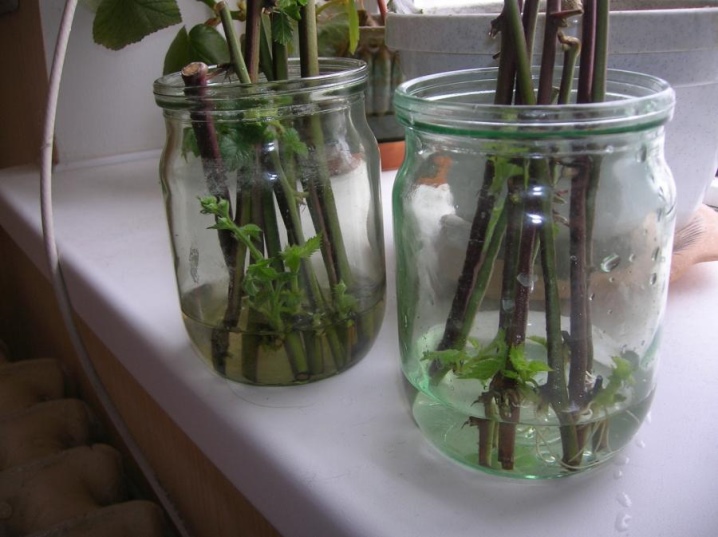
Possible mistakes
Of course, each proposed method has its own advantages and disadvantages. Beginners have a hard time, they often make mistakes. If you know about them, then you can avoid, then the work will not be wasted.
It is imperative that when choosing a certain breeding method, it is worth observing the time when it is recommended to use it. Weather conditions are carefully monitored, especially for rooting cuttings or layering. If you plant seedlings a week before the first frost hits, they will simply die. The thing is that the root system will not develop enough over such a period.
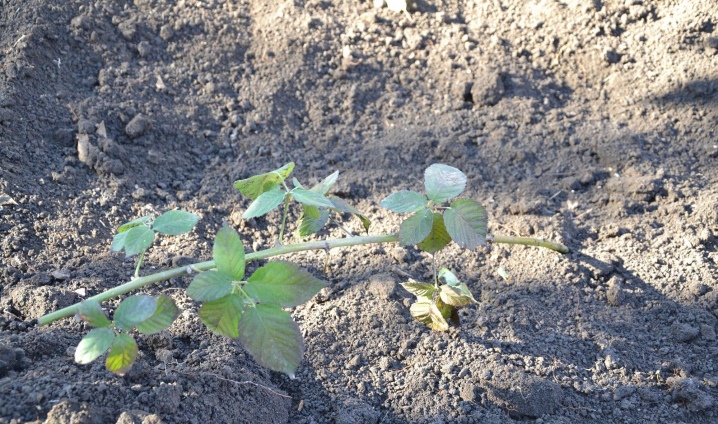
It is necessary to be especially careful with cuttings that have been rooted in water. Their root system is especially delicate, so it is worth planting in the ground as early as possible.
It is best to use loose, fertile soil, then you can transplant it to a permanent place.
When reproduction is done by dividing the bush, it is worth examining the blackberry for the presence of buds that are underground. Such planting material is immediately planted in a permanent place, the transplant can then damage the root system of the plant, and it will begin to hurt.
The period of adaptation and rooting of blackberry seedlings is a time when the bushes need to be given maximum attention and proper care. Timely watering and fertilization is the main thing that should be emphasized. If you do everything correctly, then by the next season you can get a whole plantation of berries from one bush without spending a penny.














The comment was sent successfully.